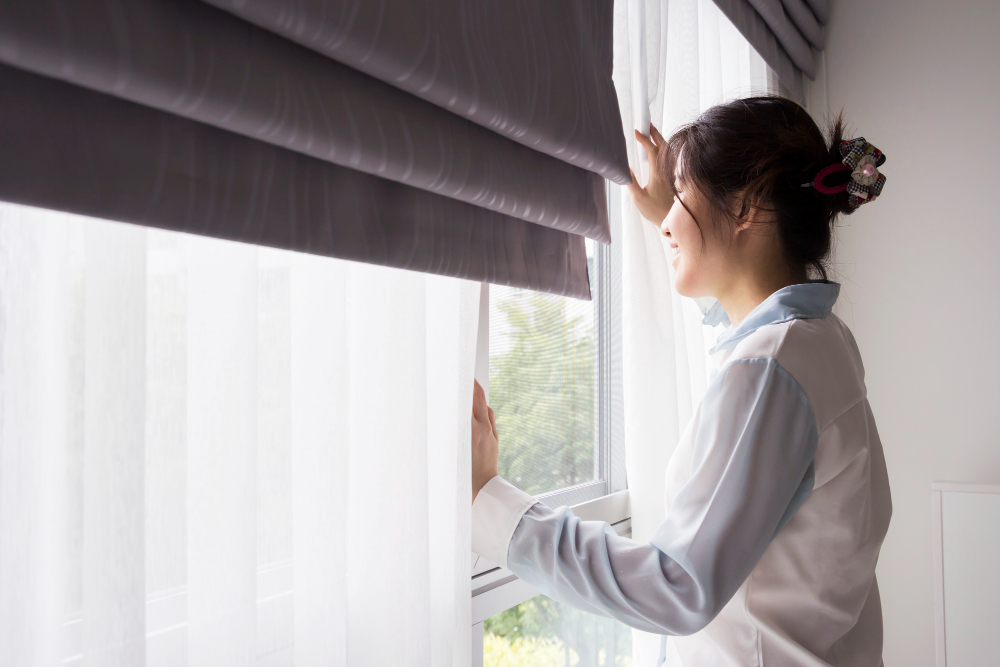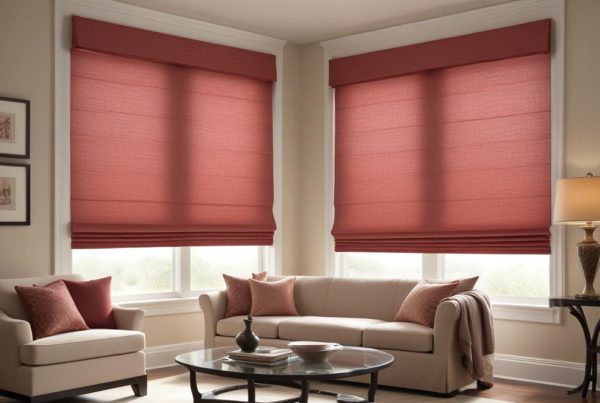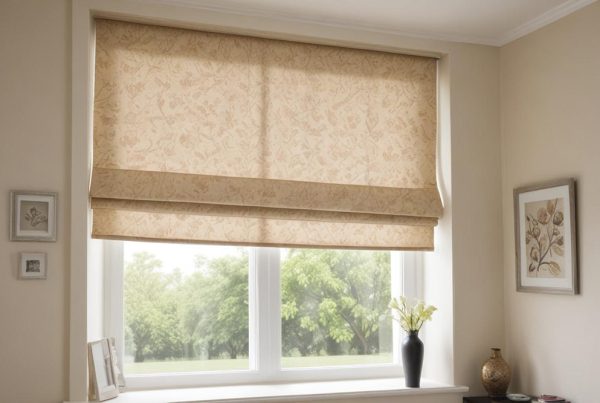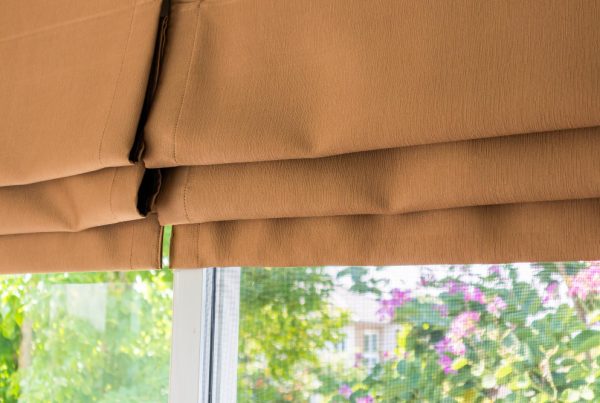Bato-style curtains, known for their unique pleated design, add a touch of elegance and sophistication to any room. Selecting the right fabric for these curtains is crucial to ensure they hang beautifully and perform well. This article provides a comprehensive guide on choosing the best fabrics for Bato-style curtains, considering factors such as aesthetics, functionality, and maintenance.
Understanding Bato-Style Curtains
Bato-style curtains feature horizontal pleats that create a structured and refined look. These pleats require fabrics that can hold their shape while providing the desired level of light control and privacy. The choice of fabric significantly impacts the overall appearance and functionality of Bato-style curtains.
Key Factors to Consider
When choosing fabrics for Bato-style curtains, consider the following factors:
- Weight and Drape: The fabric’s weight and drape affect how well the pleats hold their shape. Medium to heavy-weight fabrics are ideal for maintaining the structured look of Bato-style curtains.
- Light Control: Depending on your needs, select fabrics that offer the right amount of light control. Heavier fabrics can block more light, while lighter fabrics allow more natural light to filter through.
- Privacy: For rooms where privacy is essential, opt for thicker fabrics that prevent visibility from outside.
- Maintenance: Consider how easy it is to clean and maintain the fabric. Some fabrics may require professional cleaning, while others are machine washable.
- Style and Texture: The fabric’s texture and color should complement your existing décor. Choose fabrics that enhance the room’s aesthetic appeal.
Top Fabric Choices for Bato-Style Curtains
Cotton
Cotton is a versatile and popular choice for Bato-style curtains. It offers a wide range of patterns and colors, making it easy to find an option that matches your décor. Cotton is lightweight, breathable, and easy to clean, providing a balance of functionality and aesthetics.
Linen
Linen adds a natural and elegant look to Bato-style curtains. Its textured finish and ability to drape well make it an excellent choice for creating a relaxed yet sophisticated atmosphere. However, linen may require more maintenance, as it tends to wrinkle easily.
Silk
Silk brings a luxurious feel to any room. Its smooth texture and natural sheen make it perfect for formal settings. Silk’s lightweight nature allows for beautiful pleating, but it may need professional cleaning to maintain its quality.
Polyester
Polyester is a durable and affordable option for Bato-style curtains. It is resistant to wrinkles and fading, making it a low-maintenance choice. Available in various styles and colors, polyester provides flexibility for different décor themes.
Velvet
Velvet offers a rich texture and excellent light-blocking properties. It is ideal for creating a cozy and luxurious ambiance. The heavy weight of velvet ensures that the pleats in Bato-style curtains hold their shape well.
Blended Fabrics
Blended fabrics, such as cotton-polyester blends, combine the best qualities of different materials. These fabrics can offer the softness of cotton with the durability and low maintenance of polyester, making them a practical choice for Bato-style curtains.
Conclusion
Choosing the best fabric for Bato-style curtains involves considering factors such as weight, light control, privacy, maintenance, and style. Whether you opt for the versatility of cotton, the elegance of linen, or the luxury of silk, selecting the right fabric will enhance the beauty and functionality of your curtains. By investing in high-quality fabrics, you can create a stylish and comfortable living space that reflects your personal taste and meets your practical needs.
Disclaimer
We strongly recommend hiring a professional worker to install your curtains. We do not recommend self-installation to avoid any potential damages or unsatisfactory results. Employing an experienced worker ensures the best results with safety and efficiency. Please note that attempting to install the curtains yourself without experience may result in accidents and falls, putting your safety at risk.
Some installations require specific knowledge and tools that may not be available to the general user, increasing the risk of falls or causing damage to the walls or the curtains themselves. To ensure safety and quality, we advise using certified professionals for the installation process.
We are not responsible for any damages or injuries that may occur as a result of attempting to install the curtains yourself. Please exercise caution and hire specialists to ensure everyone's safety and achieve the desired results.




